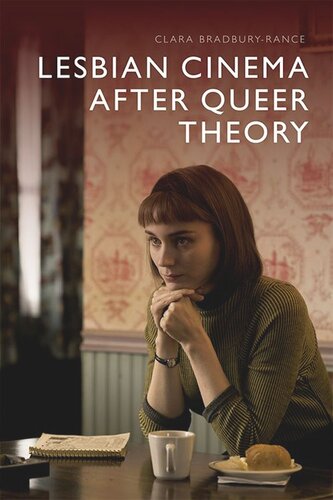

Most ebook files are in PDF format, so you can easily read them using various software such as Foxit Reader or directly on the Google Chrome browser.
Some ebook files are released by publishers in other formats such as .awz, .mobi, .epub, .fb2, etc. You may need to install specific software to read these formats on mobile/PC, such as Calibre.
Please read the tutorial at this link: https://ebookbell.com/faq
We offer FREE conversion to the popular formats you request; however, this may take some time. Therefore, right after payment, please email us, and we will try to provide the service as quickly as possible.
For some exceptional file formats or broken links (if any), please refrain from opening any disputes. Instead, email us first, and we will try to assist within a maximum of 6 hours.
EbookBell Team

4.3
8 reviewsThe unprecedented increase in lesbian representation over the past two decades has, paradoxically, coincided with queer theory’s radical transformation of the study of sexuality. In Lesbian Cinema after Queer Theory, Clara Bradbury-Rance argues that this contradictory context has yielded new kinds of cinematic language through which to give desire visual form. By offering close readings of key contemporary films such as Blue Is the Warmest Colour, Water Lilies and Carol alongside a broader filmography encompassing over 300 other films released between 1927 and 2018, the book provokes new ways of understanding a changing field of representation.
Bradbury-Rance resists charting a narrative of representational progress or shoring up the lesbian’s categorisation in the newly available terms of the visible. Instead, she argues for a feminist framework that can understand lesbianism’s queerness. Drawing on a provocative theoretical and visual corpus, Lesbian Cinema after Queer Theory reveals the conditions of lesbian legibility in the twenty-first century.